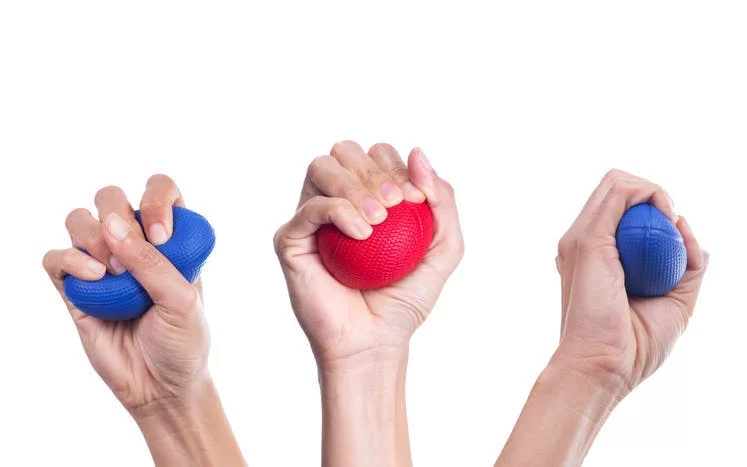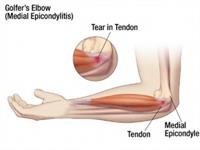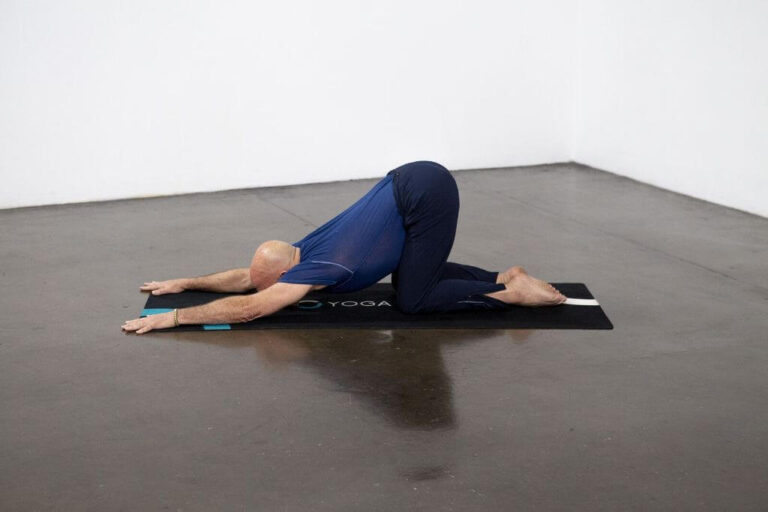Hand Therapy Ball Exercises: Strengthen Your Hands and Improve Your Grip
Introduction
Hand therapy ball exercises are a set of physical therapy techniques designed to improve hand strength, flexibility, and dexterity. These exercises are particularly beneficial for individuals recovering from hand injuries, such as fractures, sprains, or surgeries, as well as those with conditions like arthritis or carpal tunnel syndrome.
The therapy balls used in these exercises come in varying degrees of firmness and size, allowing for customized rehabilitation based on individual needs and progress.
Hand therapy ball exercises are an excellent, low-cost solution to improve hand strength and dexterity after a stroke.
Simple and incredibly adaptable hand training balls enable it to be simple to do a variety of powerful hand-strengthening workouts.
By engaging in hand therapy ball exercises, individuals can enhance their grip strength, promote joint mobility, and alleviate pain associated with certain hand conditions. Moreover, these exercises can contribute to the overall improvement of fine motor skills, which are essential for performing everyday tasks and activities.
When performed correctly and consistently under the guidance of a qualified healthcare professional, hand therapy ball exercises can significantly aid in the recovery and functional restoration of hand movement and strength.
Occupational and physical therapy tool
These hand therapy balls are intended to assist in treating and strengthening injuries to the wrist, hand, fingers, and forearms. Strengthening, extending range of motion, and relieving strain on arthritic joints are all possible benefits of using exercise balls since they offer a higher amount of resistance. The user is urged to squeeze the ball frequently to assist in releasing stress and letting the tension go away.
Five color-coded levels of resistance
Five levels of resistance are represented by the various colors that are available for the hand treatment balls. These resistance ranges consist of:
- Orange (Firm), Blue (Soft), Green (Medium), and Pink (Extra Soft)
- The balls, which have a diameter of 1-34″, are available either separately or in sets of 5. As hand strength and grip get better, the resistance levels may be gradually adjusted to make each workout harder.
Heated or Frozen for Optimum Versatility
For improved grip and longevity, each hand treatment ball is created with a soft rubber construction. Exercise balls are frequently used in homes, hospitals, sports medical facilities, clinics, and rehabilitation facilities. The balls may be heated or chilled to improve the therapeutic effect, relieving strain on arthritic joints or lowering inflammation.
Effective Hand Therapy Ball Exercises
The best exercises for accelerating hand recovery after a stroke are those that call for a lot of repetition.
If one constantly does these powerful hand therapy ball exercises, the brain will be engaged and its ability to rewire itself will be boosted.
Each exercise should be performed once in a set of ten repetitions to start, with the goal of increasing the number of sets as your strength grows. If you don’t feel any kind of pain when completing these exercises, you should try to execute them several times each day.
Power Grip
Your grasp will get stronger thanks to this hand treatment ball exercise, making it simpler to hold, pick up, and set things down.
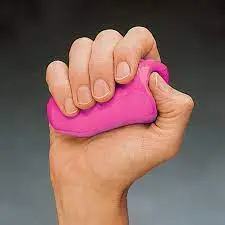
The flexor muscles will be used while you grasp the ball to increase your strength when picking things up. It will also be essential to practice letting go of the ball, which will work your extensor muscles and improve your ability to release objects from your hands. Additionally, this activity relieves anxiety, tension, and joint discomfort.
Make a fist with your fingers and thumb while you squeeze the therapy ball. Squeeze the ball, then fully release it while spreading your fingers as wide as possible.
Pinch
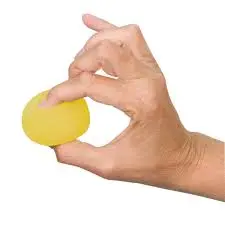
For this particular exercise, hold the hand therapy ball in your extended fingers and thumb. When we say extended, we mean keeping your fingers completely straight. This will help to build muscles other than the ones that are worked on when the fingers are curled.
To make the hand therapy ball exercise you are doing more challenging, pinch the ball for a longer period of time.
Flexion and extension of the thumb
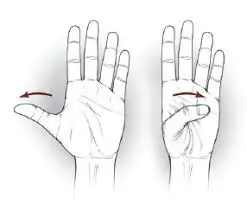
When using the hand to pinch and grasp, the thumb is essential. Therefore, strengthening its muscles is required for improved control.
Use your thumb to hold the treatment ball in place on your palm, keeping it as flat as you can. The hand you are holding should have a flat palm.
After that, use your thumb to roll the ball up and down your palm. This action nearly entirely centers on your thumb.
Table roll
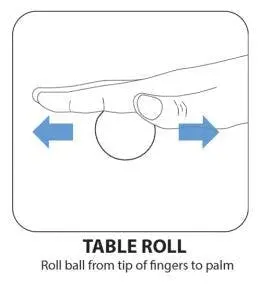
Your hand should be on top of the hand treatment ball, which you should set on a table.
Roll the ball from the bottom of your palm up to your fingers while maintaining a flat hand.
Too much or too little pressure will make it challenging to control the ball. Individuals may practice adjusting and maintaining a particular amount of pressure on the ball by doing this hand therapy ball exercise.
Finger flexion
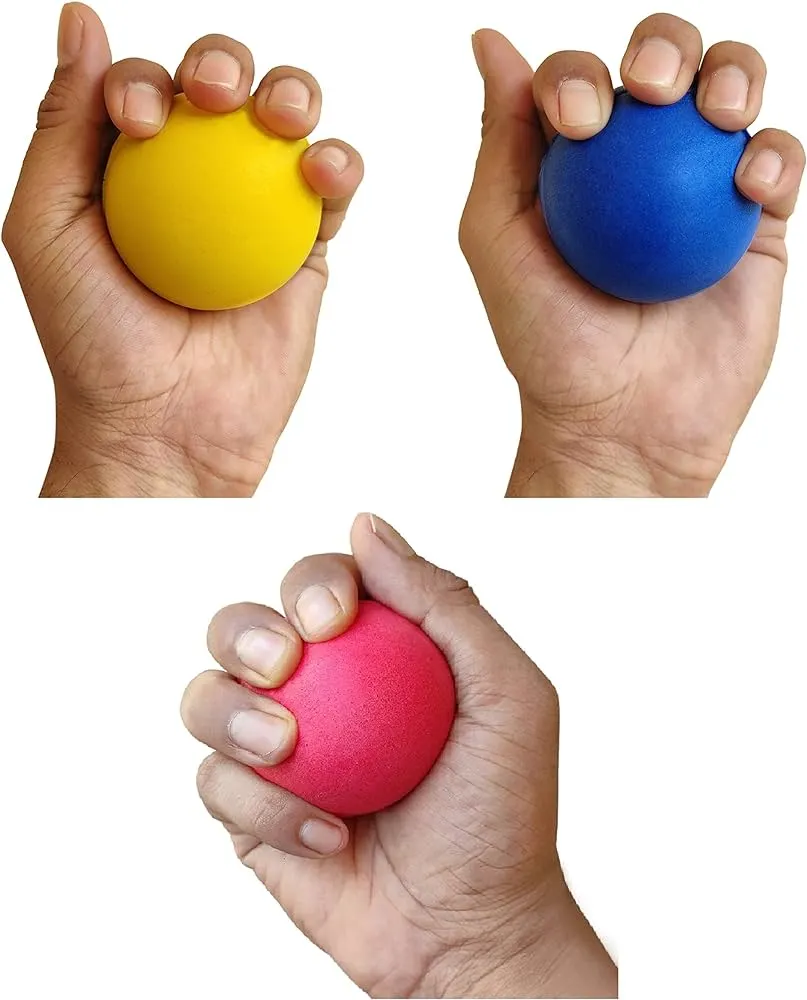
You won’t be using your thumb in this hand therapy ball exercise, unlike the Power Grip exercise.
Instead, while holding the therapy ball in your hand, press down with all of your fingers, sparing your thumb for the press.
Note how much more challenging it is to squeeze the ball without your thumb. This exercise will help you build the muscles that allow you to flex your fingers.
Thumb roll
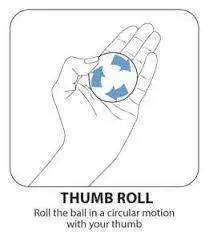
You are encouraged to extend your thumb’s full range of motion during this hand therapy exercise, which isolates your thumb. It will therefore aid in avoiding stiffness and enhance control.
On your hand, place the therapeutic ball. Use your thumb to hold your palm in place and maintain it as flat as you can. The ball should now be rolling around on your palm with the aid of your thumb.
Finger squeeze

By using the hand therapy ball, people may strengthen the muscles that adduct their fingers. You may hold objects more securely by drawing your fingers together thanks to these muscles.
Place the therapy ball between your two fingers, then gently compress it by pressing the two together. After that, release the pressure.
Make careful to stretch out all your fingers since you may execute this with different finger combinations.
It’s crucial to remember all of your fingers, particularly those that are more challenging to use, like your ring and pinky fingers.
Thumb opposition
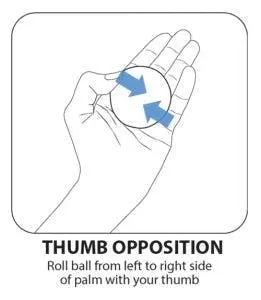
As with the thumb roll, this practice involves rolling the therapy ball side to side rather than in circles.
The treatment ball should first be placed on your palm and held there with your thumb. Then, using your thumb, slide the ball from left to right.
Roll to and fro
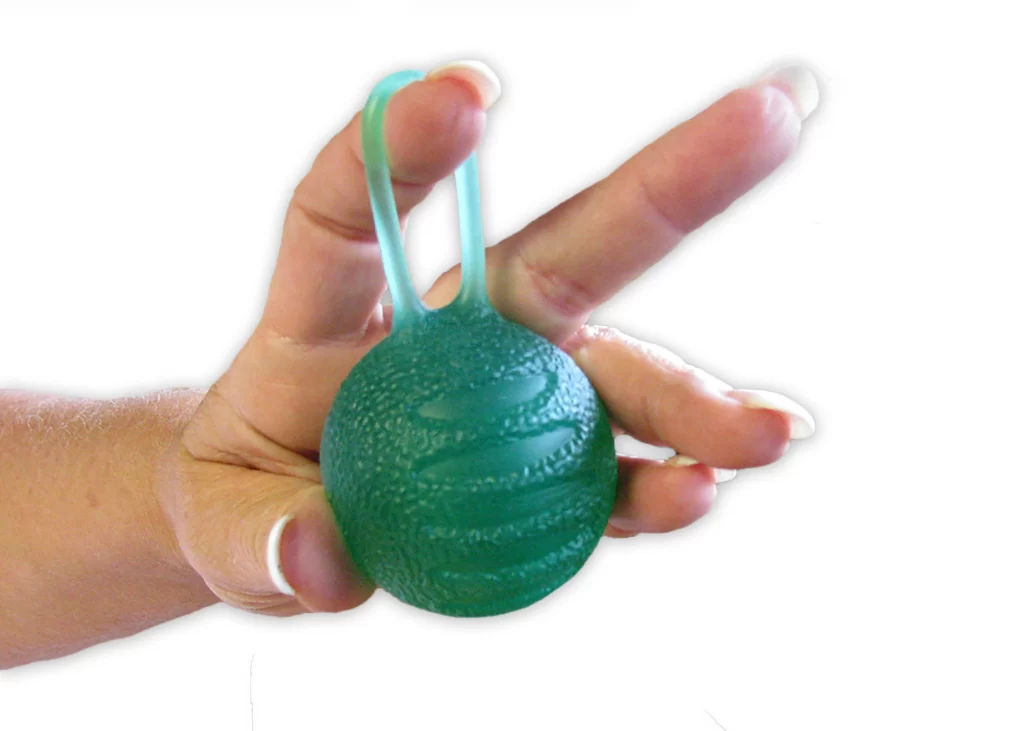
- Continue to roll a stress ball from your hand up to each thumb and finger, gently stretching them.
- Roll the ball gently to the palm.
- Repeat.
Benefits of hand therapy ball exercises
Your hand therapy exercises must be tailored to your recovery goals.
These exercises could be required for persons who enjoy stitching, for example, in order to strengthen their hands. If that is you, focus on using therapy balls with more resistance so that you can strengthen your hands and fingers.
Similar exercises may be used by other persons, such as stroke survivors, to regain hand mobility.
When neurological impairment is present, the focus shouldn’t merely be on boosting resistance. Instead, the concentration should be on repetition, which provides the brain with the stimuli it needs to remodel itself.
Your hand rehabilitation exercise programe should be modified to fit your goals. You could even enjoy integrating some therapeutic putty exercises! Happy exercise!
Exercise for the upper extremities can raise one’s quality of life
The ability to use both hands to grip and release things, type on a computer, button a piece of clothing, or even write a message to a loved one, is necessary for a high quality of life. Start an at-home workout regimen to improve your quality of life if a stroke has rendered you incapable of using this talent.
As you work to retrain your brain following the neurological disability caused by your stroke, these finger and hand exercises will assist you in regaining your ability to use your hands.
Summary
- Hand therapy balls, which help to increase the range of motion in the upper body, are available both individually and in sets of five (one for each resistance level).
- It can be heated or frozen for therapeutic flexibility to lessen pain or strain on arthritic joints.
- Conceived as a rehabilitation device for use at home, at work, when traveling, as well as in a physical or occupational therapy setting, to aid in the treatment of conditions including carpal tunnel syndrome, nerve damage, arthritis, sports injuries, and other disorders of the hand.
- with a range of resistance levels, such as Pink (Extra Soft), Blue (Soft), Green (Medium), and Orange (Firm).
FAQs
What are the benefits of hand therapy ball exercises?
Exercises Using a Ball to Improve Fine Motor Skills in Hand Therapy
With the help of this hand therapy ball exercise, your grip may get stronger, making it simpler for you to grab, lift, and release items. while the ball is activated, the flexor muscles will be concentrated, resulting in more strength while lifting up objects.
What are the exercises for hand therapy?
Place one hand palm down on a flat surface, such as a table. Straighten your fingers as equally as possible onto the surface without putting undue stress on your joints. Hold for between 30 and 60 seconds before releasing. Practice using both hands at least four times.
Do hand exercise balls work?
You will activate your flexor muscles to take up the ball, which will strengthen them for future lifting. It will also be crucial to get practice releasing go of the ball since this will strengthen your extensor muscles and make it easier for you to let go of items. Additionally, this exercise eases joint pain, stress, and anxiety.
What is the purpose of a therapy ball?
Proprioceptive, gross motor, and strengthening exercises, as well as balance and coordination training, are all done using therapy balls by occupational therapists. Peanut balls are quite popular since they are more durable than round therapeutic balls and boost optimism and a sense of success.
Are hand exercise balls good for arthritis?
Without harming hands with arthritis or causing injury, it aids in strengthening. The Healthy Seniors hand exercise balls for arthritis come with a thorough set of exercises to improve your fingers, hand, and wrist.
References
- Exercises using a hand therapy ball to enhance fine motor skills. Flint Rehab. https://www.flintrehab.com/hand-exercise-ball-stroke-patients/
- Activities using a hand therapy ball help improve fine motor abilities. (2023, September 6). NewGait. https://thenewgait.com/blog/hand-therapy-ball-exercises/
- 8 hand exercises for arthritis with pictures. https://www.medicalnewstoday.com/articles/8-hand-exercises-for-arthritis
- Hand Therapy Balls. Progressive Resistance Exercise Balls | Performance Health. https://www.performancehealth.com/hand-therapy-ball

